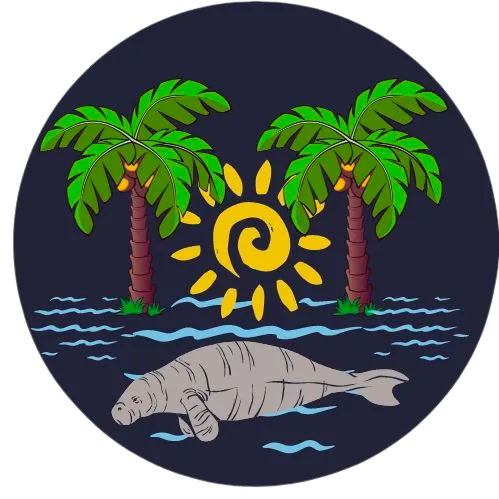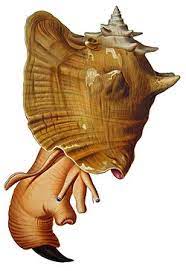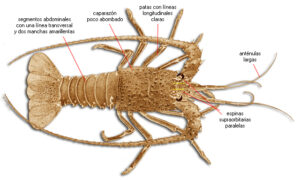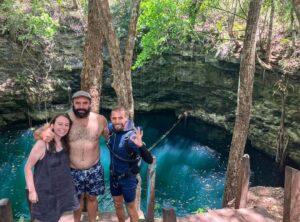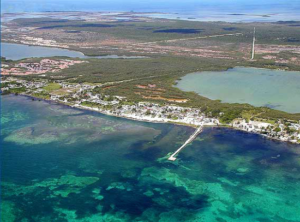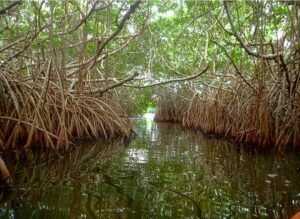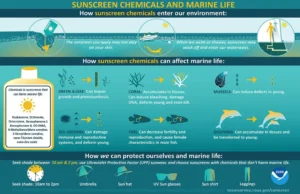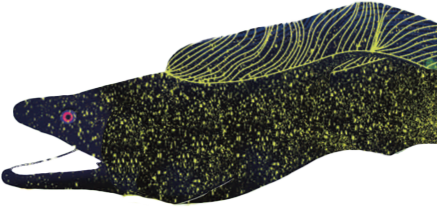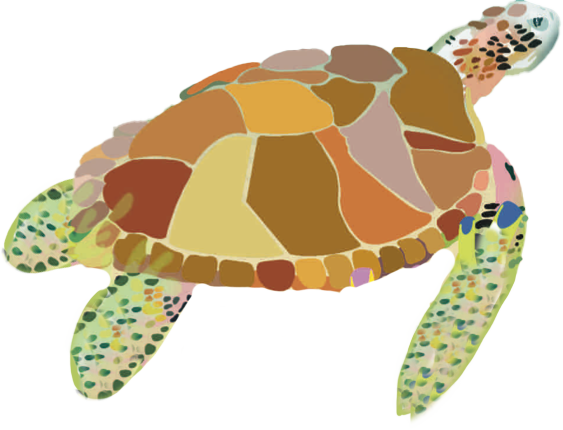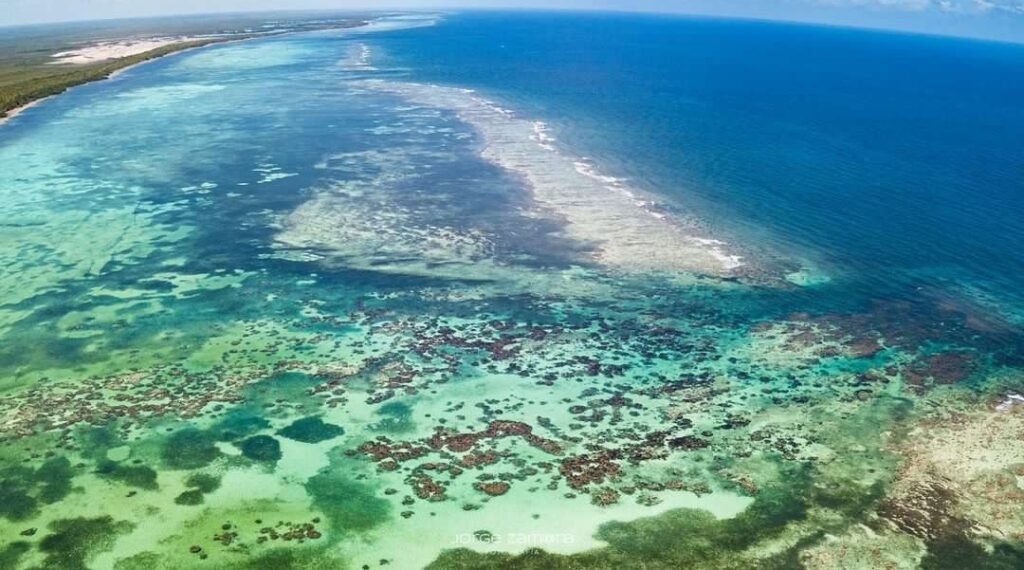
Coral reefs, underwater wonders of nature, have captivated scientists and adventurers for centuries. A fundamental theory in understanding their creation is the one proposed by Charles Darwin, who meticulously explored the process of forming these complex marine ecosystems. In particular, the Mesoamerican Barrier Reef, spanning the coasts of Central America, is a fascinating example of the interaction between corals and the marine environment according to the Darwinian perspective.
Darwin’s Theory and the Formation of Coral Reefs
Charles Darwin, famous for his work in evolution and biology, also made significant contributions to the field of marine geology. His theory about the formation of coral reefs is based on the idea that these systems are gradually built through a process of cumulative coral growth and intricate ecological interactions.
Symphonic Interaction: Corals and Zooxanthellae
At the heart of Darwin’s theory lies the symbiotic relationship between corals and zooxanthellae. The latter are microscopic single-celled algae that live within coral tissues. The relationship is mutually beneficial: zooxanthellae perform photosynthesis, converting solar energy into nutrients that feed the coral. In turn, corals provide a sheltered home and residual nutrients required for zooxanthellae’s photosynthesis. This collaboration creates a virtuous cycle of accelerated and healthy coral growth.
The Role of the Mesoamerican Barrier Reef
The Mesoamerican Barrier Reef, stretching from the Yucatán Peninsula in Mexico to Honduras, is a prime example of Darwin’s theory in action. In this region, marine conditions and coral interactions with zooxanthellae have given rise to a unique and diverse ecosystem that sustains a wealth of marine life.
The Gradual Construction of the Ecosystem
The formation of the Mesoamerican Barrier Reef began thousands of years ago when the first corals began colonizing the warm and clear waters of the region. Corals, small marine animals related to anemones and jellyfish, secrete calcareous skeletons which over time accumulate and form three-dimensional structures. As coral polyps multiply and build their skeletons, the reef grows in size and complexity.
The Role of Environmental Conditions
Environmental conditions are crucial for the formation and health of coral reefs. In the case of the Mesoamerican Barrier Reef, warm water temperature and ocean clarity play a vital role. The warm waters provide the optimal environment for coral growth and zooxanthellae activity. Clear water allows sunlight to reach zooxanthellae, which in turn promotes photosynthesis and nutrient production.
A Constantly Changing Ecosystem
The Mesoamerican Barrier Reef is a dynamic and ever-changing ecosystem. As corals grow and develop, they create diverse habitats that harbor a wide variety of marine species. Coral reefs act as natural nurseries for fish and other marine organisms, and their intricate structure provides shelter and sustenance. However, this balance is fragile and susceptible to environmental disturbances.
Challenges and Threats
Despite its beauty and vitality, the Mesoamerican Barrier Reef faces numerous challenges. Climate change, pollution, and overexploitation of marine resources jeopardize the health of this unique ecosystem. Rising water temperatures can result in coral bleaching, a phenomenon in which zooxanthellae abandon corals, leaving them pale and weakened.
Conservation and Protection
Conserving the Mesoamerican Barrier Reef and other coral reefs is crucial to maintain marine biodiversity and preserve the valuable ecosystem services they provide. Protecting marine areas, regulating fishing, and reducing pollution are essential measures to ensure the long-term survival of these ecosystems.
In conclusion, Darwin’s theory about the formation of coral reefs provides a valuable perspective for understanding how these magnificent ecosystems take shape over time. The Mesoamerican Barrier Reef, with its rich diversity and delicate ecology, exemplifies the interaction between corals and zooxanthellae in a unique marine environment. However, its future largely depends on our commitment to preserve and protect this fragile and vital corner of nature.
